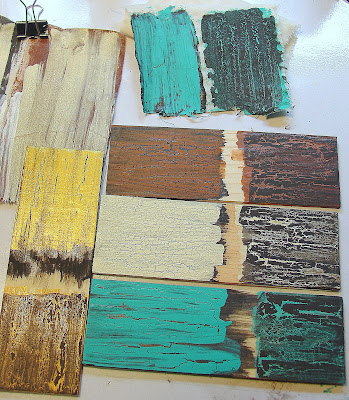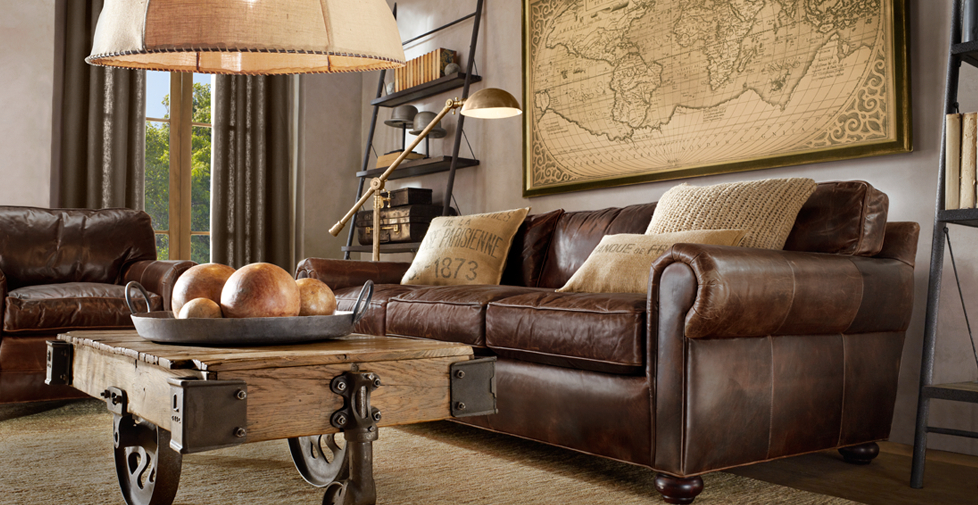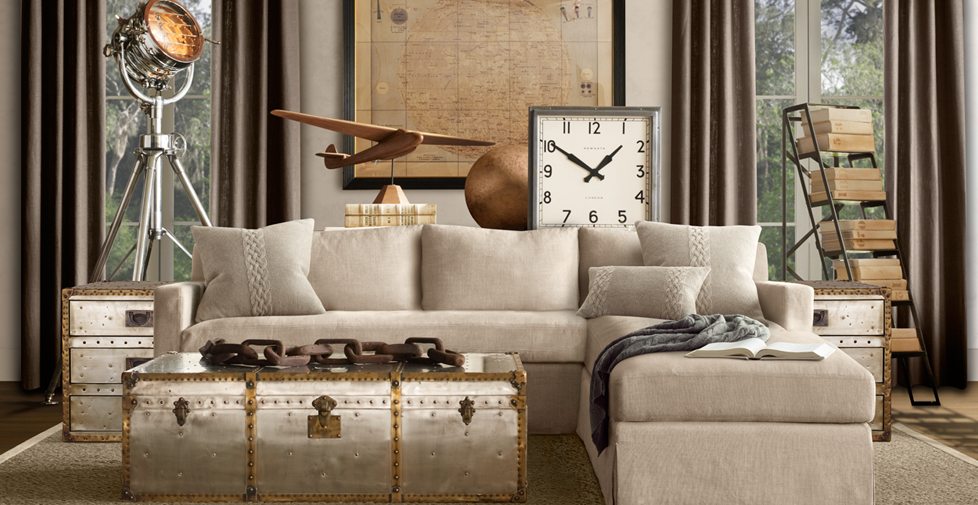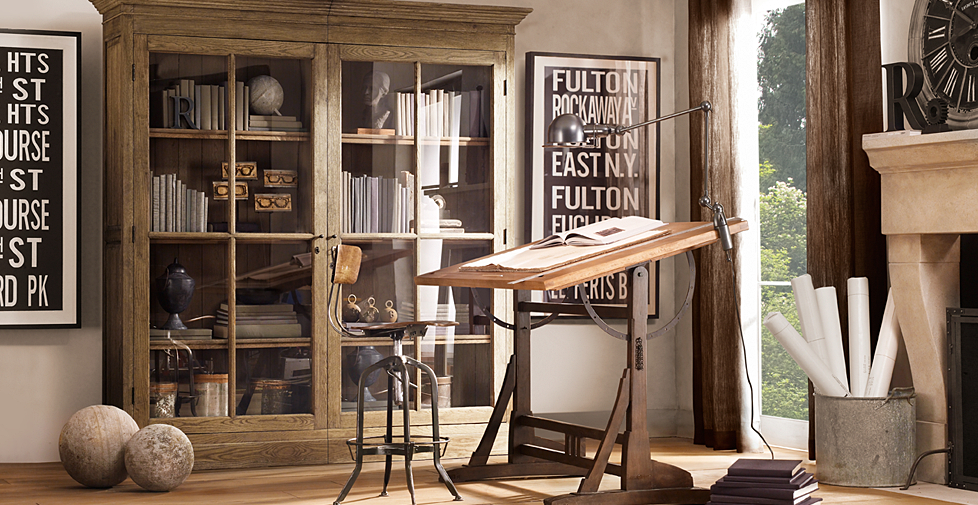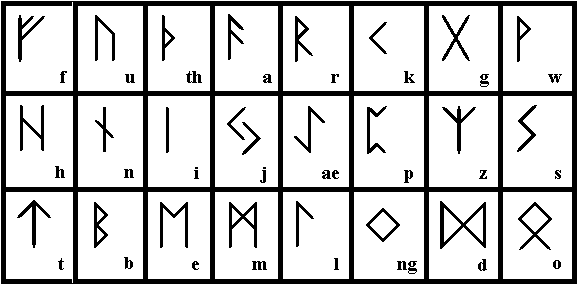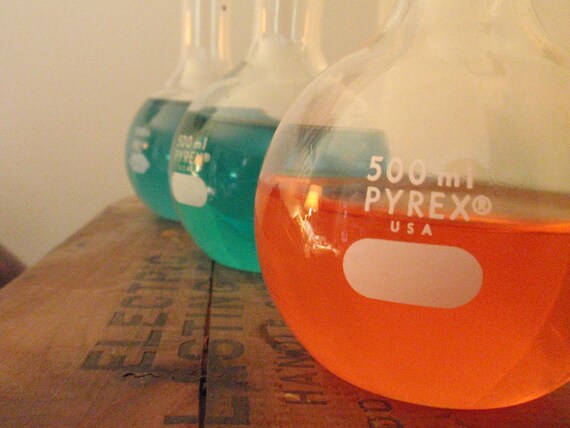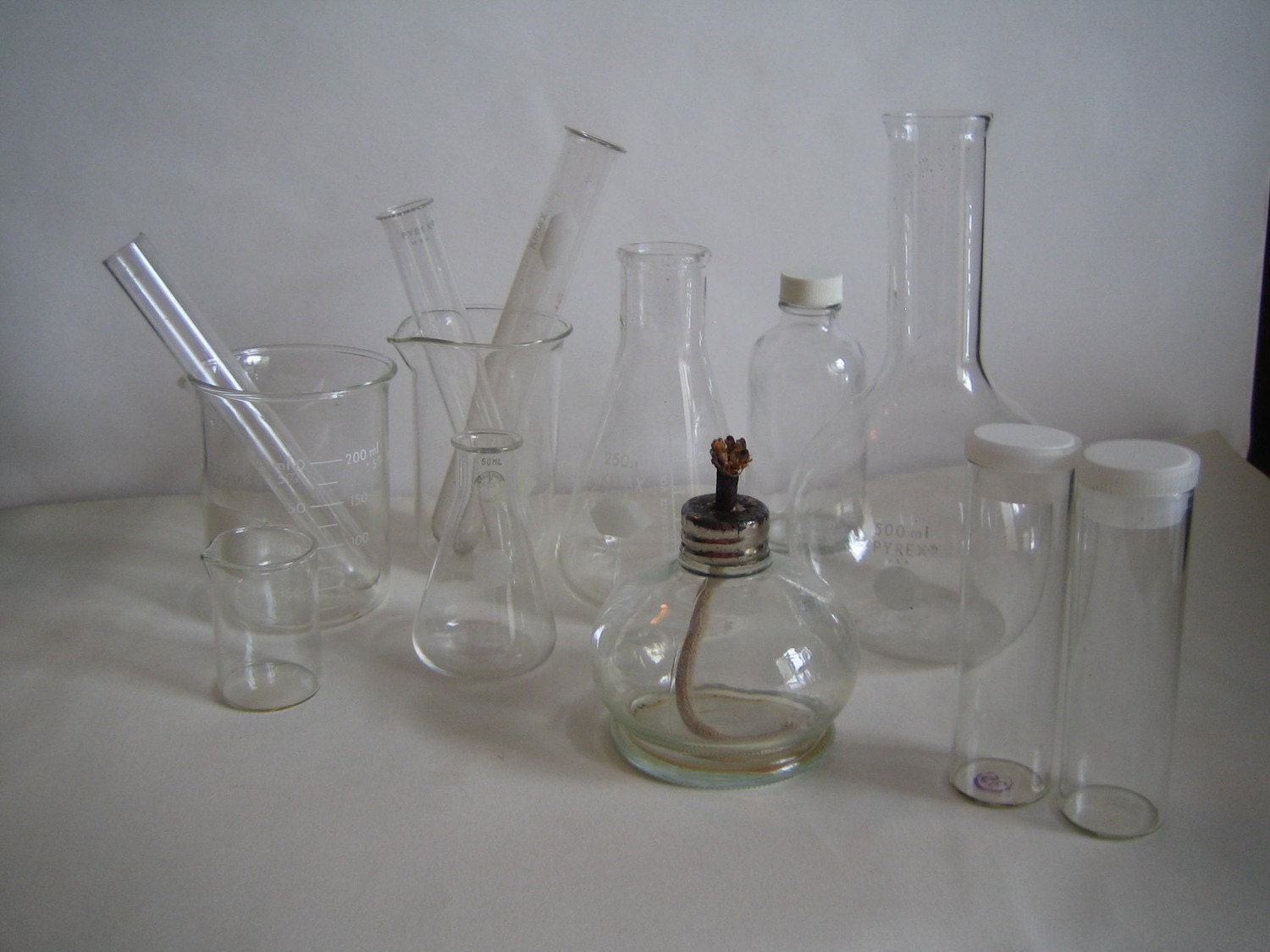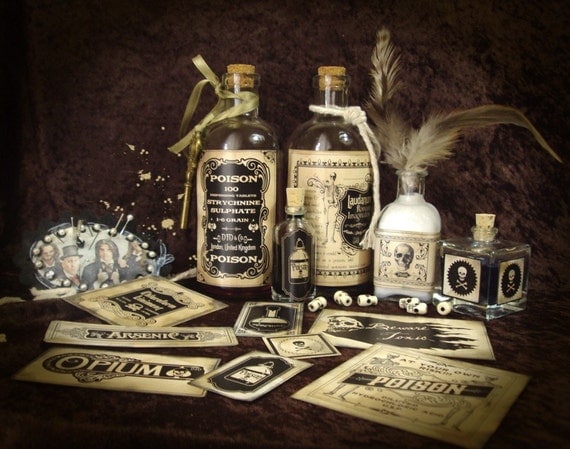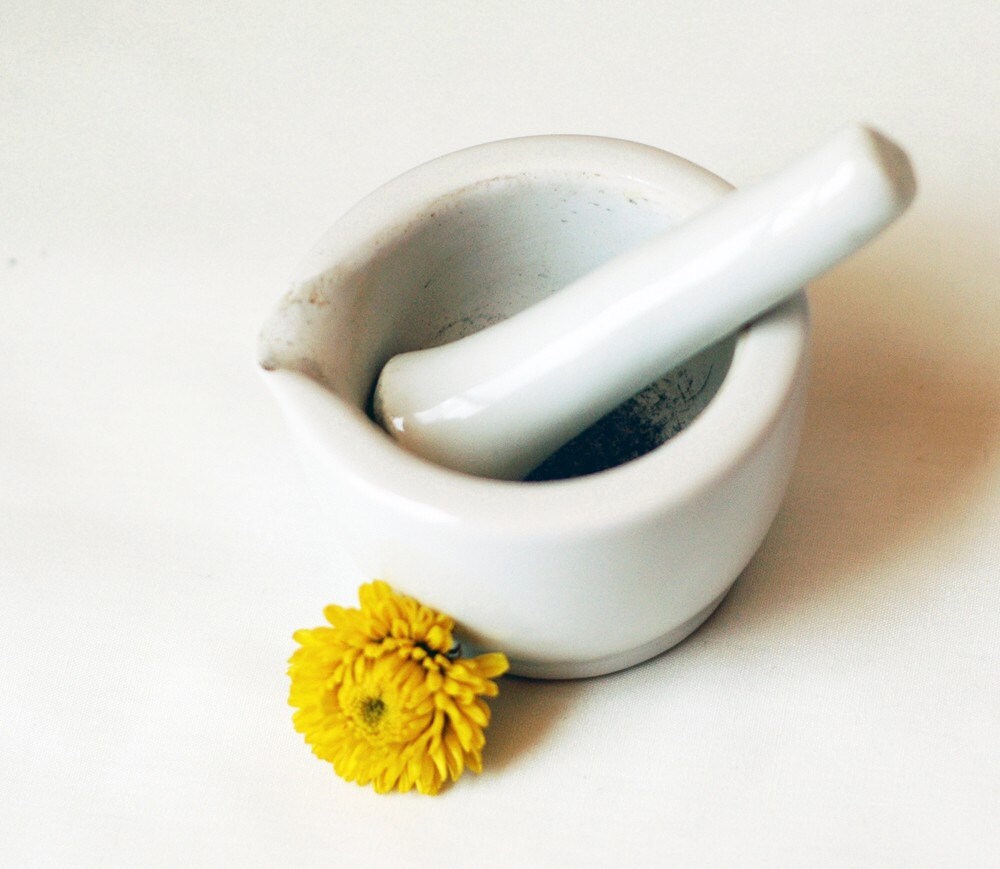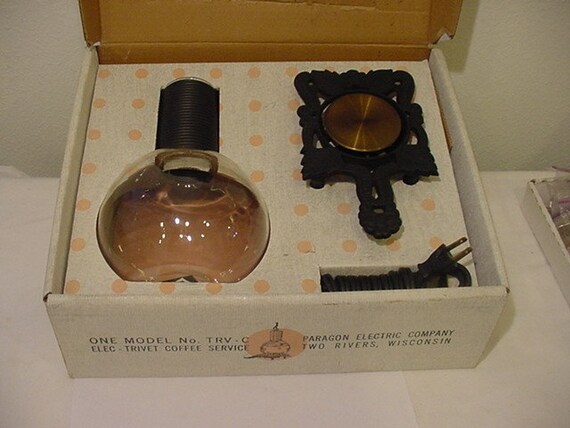I think for my first apartment, I’m going to make it a live/work space. Possibly even have it in a studio space (it’ll be cheaper)… this idea for a bed just amplified that desire.
Category Archives: Inspiration
Elegant Writing on Mason Jars
Definitely something to look into for future design projects. Using hot glue on glass jars and then painting them.
Printed Fabric Tut
Source: http://www.polishthestars.com/2010/08/how-to-print-on-fabric.html
I want to see if I can try this on the big format printer. It would be cool if I could print textile designs with it. Not sure how well it’ll load into the printer though.
This is a cute idea too. =3
Source: http://cornflowerbluestudio.blogspot.com/2011/01/minis.html
Crackle/Grunge finish
source: http://makethebestofthings.blogspot.com/2010/05/crackle-finish-with-elmers-glue.html
I want to use the above finish. I’m thinking about making furniture out of paper pulp. I can’t help but imagine it would have an interesting effect since paper is made from trees.
Here is a “video” of how it is done:
Source: Debbie Wijskamp
Although I think I would have to seal it some how after to keep it from warping.
If I get the furniture looking great out of paper pulp, the next thing I’d like to try is to make a boat of it. Since we’re getting a beach house and all, it’ll be fun to see if I can pull it off.
Studio Inspirations
I’m a person who likes to dream ahead. Posting things that inspire me in all categories. I love interior design and plan on making my first studio looking like dynamite 😛
So here goes my new post series of interior design inspiration. I’m looking for something usually in between 16th and 17th century and modern/relatively futuristic inspirations.
Here is some inspirations I’ve found lately that is kind of what I’m after.
Crazy Hair colors
Creative Science Layout

I’ve been thinking about starting a blog about science with an artistic approach to it. Its kinda hard to describe but, maybe you’ll see. 🙂
Layout created in Photoshop… used Leonardo Da Vinici bruches.
It’ll be similar to this one, but with a more narrow focus.
If I don’t turn this layout into a blog layout I might use it as a future re-design of my site. 😛
And I wish I had his style.
Runes – Esoteric Design Inspiration
So thanks to my wonderful mom, she got me a new set of rune stones! Classic ones too! Mine are exactly like the picture above.
The Runic Alphabet, also called Futhark, writing system of uncertain origin used by Germanic peoples of northern Europe, Britain, Scandinavia, and Iceland from about the 3rd century to the 16th or 17th century AD. Runic writing appeared rather late in the history of writing and is clearly derived from one of the alphabets of the Mediterranean area. Because of its angular letter forms, however, and because early runic inscriptions were written from right to left like the earliest alphabets, runic writing seems to belong to a more ancient system.
Scholars have attempted to derive it from the Greek or Latin alphabets, either capitals or cursive forms, at any period from the 6th century BC to the 5th century AD. A likely theory is that the runic alphabet was developed by the Goths, a Germanic people, from the Etruscan alphabet of northern Italy and was perhaps also influenced by the Latin alphabet in the 1st or 2nd century BC.
Two inscriptions, the Negau and the Maria Saalerberg inscriptions, written in Etruscan script in a Germanic language and dating from the 2nd and 1st centuries BC, respectively, give credence to the theory of Etruscan origins for runic.
There are at least three main varieties of runic script: Early, or Common, Germanic (Teutonic), used in northern Europe before about 800 AD; Anglo-Saxon, or Anglian, used in Britain from the 5th or 6th century to about the 12th century AD; and Nordic, or Scandinavian, used from the 8th to about the 12th or 13th century AD in Scandinavia and Iceland.
After the 12th century, runes were still used occasionally for charms and memorial inscriptions until the 16th or 17th century, chiefly in Scandinavia.
The Early Germanic script had 24 letters, divided into three groups, called ættir, of 8 letters each. The sounds of the first six letters were f, u, th, a, r, and k, respectively, giving the alphabet its name: futhark. The Anglo-Saxon script added letters to the futhark to represent sounds of Old English that did not occur in the languages that had used the Early Germanic script.
Anglo-Saxon had 28 letters, and after about 900 AD it had 33.
There were also some slight differences in letter shape.
The Scandinavian languages were even richer in sounds than Old English; but, instead of adding letters to the futhark to represent the new sounds, the users of the Nordic script compounded the letter values, using the same letter to stand for more than one sound–e.g., one letter for k and g, one letter for a, æ, and o. This practice eventually resulted in the reduction of the futhark to 16 letters.
Other varieties of runes included the Hälsinge Runes, the Manx Runes, and the stungnar runir, or “dotted runes,” all of which were variants of the Nordic script. More than 4,000 runic inscriptions and several runic manuscripts are extant.
Approximately 2,500 of these come from Sweden, the remainder being from Norway, Denmark and Schleswig, Britain, Iceland, various islands off the coast of Britain and Scandinavia, and other countries of Europe, including France, Germany, Ukraine, and Russia.
Futhark actually is analogous to our “alphabet”, in that f,u, th, a, r, and k are the first 6 Runic letters, while alpha and beta are the first 2 Greek letters. This order must have had some mneumonic function that was not preserved. (Just like why aleph, beth, and gimmel are the first 3 letters in Phoenician/Ugaritic).
So-called Angelic Script – light is the inspiration for script fonts?
There is an esoteric side to everything, no doubt. That is why I like this school of thought.
Some say script is just the effect of primitive writing. Calligraphy was just a primitive writing style and things developed after the printing press into the print penmanship we know of today.
But one must ask, what made us use flowing inky lines? What in our subconscious told us that flowing lines were easier than architectural letters?
Some say is has to do with the flow of energy and some say it is actually the manifestation of our thoughts (which is light with sound attached).
The artist, Bryan Deflores says about his work:
The channeled art pieces/accelerators contained within these galleries are designed to trigger a dramatic reconfiguration of our consciousness; assisting us to return to our original blueprints of divine perfection and connection. Although many of these images are intense and highly complex, it is important to understand that their primary purpose is to connect you with the new thought fields currently merging with our planetary matrix. All image originals are drawn ‘by hand’ in a matter of minutes and are often created several at a time. To manifest these art pieces, I use Prismacolor pencils and/or gold and silver metallic markers on Canson drawing paper.
THE GRIDWORKERS #74 5th dimensional Arcturian lightships assisting in healing and activating the planetary grid system. Vanadinite.
THE SCIENCE OF MIRACLES #71 Original innocence shifts the body consciousness into experiencing more joy and reverence for all of creation; divine creativity. Rhodochrosite
DIE EGO, DIE #67 Aboriginal Dreamtime Accelerator This image organizes the true inner management principals of the mind while gently unraveling the ‘old’ Ego Structure. Your strategies will falter and fail as this accelerator brings all inner conflicts to a halt.
PERCEPTIONTATION #73 Aboriginal Dreamtime Accelerator Serendipitous reunion; a portal into an unexplored dimension now ready to be explored; eliminates prejudice of off-planet creational processes; Higher Self bridge for accessing information of & to the Self; assists one with objective witnessing & infinite perspective.
THE VRIL POWER #75 Activates all energy centers in the body; also called the Kundalini Energy, each individual’s personal power located at the base of the spine; liquid light acceleration fluid. Sugelite and Carnelian.
PILLARS OF HERCULES #5 Manifests divine intervention; calls forth the ‘Power of the Gods’; harmony and balance; strength and courage; support & empowerment.
THE TITAN #62 Seven ships united, bringing the program for rebalancing Earth; ancient shield of protection to impact the current morphogenetic field, allows transcendence of time and space for co-creation; redistributes commonalities throughout the grid.
ETERNAL LIGHT #35 Spark of creation; divine custodian; ignites a chain reaction of sustained light within the physical body; designed by the Progress Helpers and the Superangels.
Depending on your view of channeling (I prefer the word ‘transmission’) these can have a very powerful effect spiritually but are also a good source of design inspiration.
Vintage Science Lab
Warming plate
Just swiped this vintage warming plate from etsy. I’m hoping to use it for my next project which is trying to make that “Smart mud“.
Artifice Design
Good inspiration for my blog… love his work.


